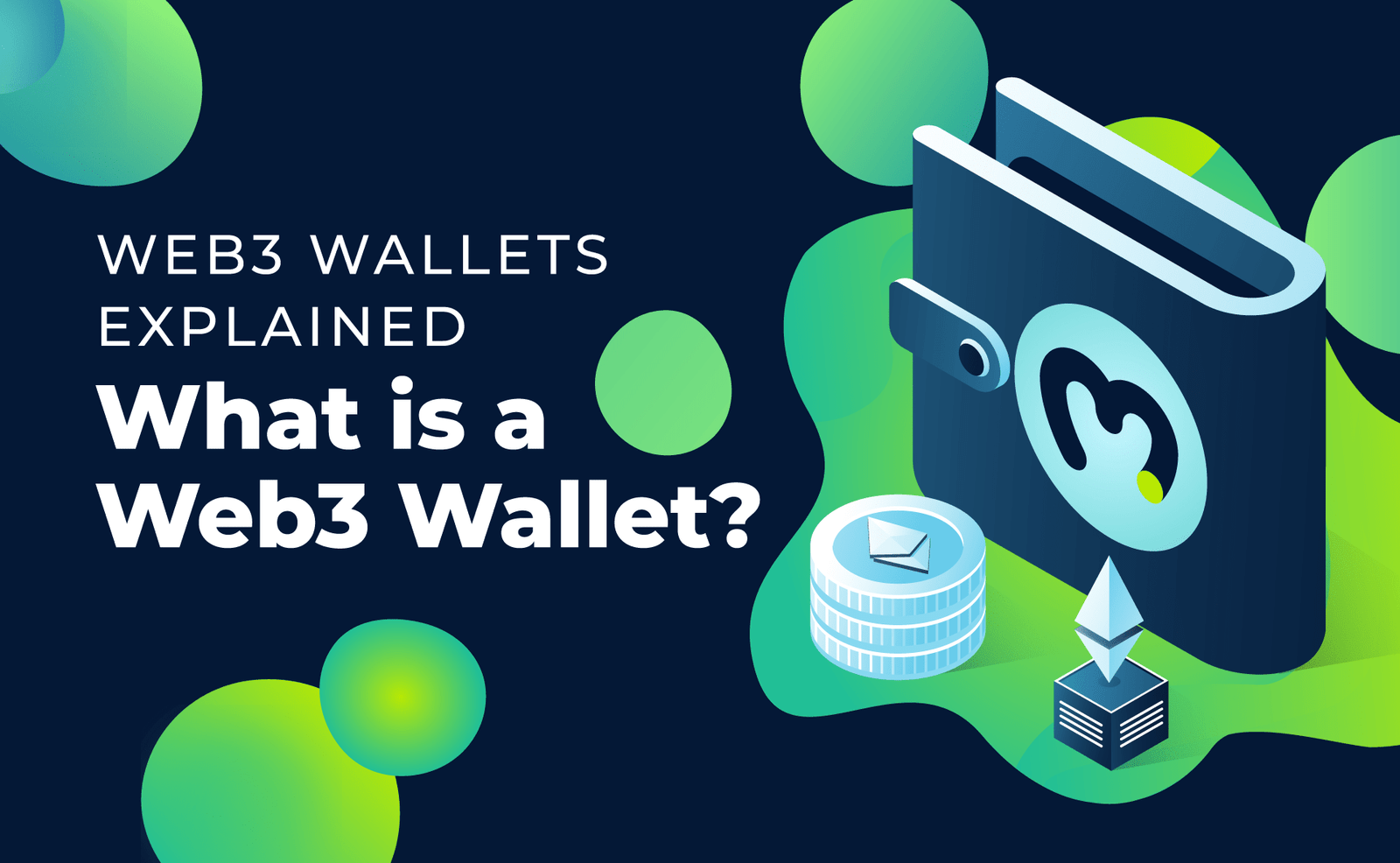Developing Secure, User-Friendly Web3 Wallets Based On The Blockchain
- 1 The Basics of Web3 Wallets
- 2 How to Create a Safe Web3 Wallet
- 2.1 Private Key Management:
- 2.2 Two-factor authentication:
- 2.3 Secure Communication:
- 2.4 Multi-Signature Support:
- 3 Creating a User-Friendly Web3 Wallet
- 4 Learn About the Extraordinary Capabilities of the Web3 Cryptocurrency Wallet
- 5 Conclusion
Web3 wallets play a significant role in the blockchain and decentralized finance (DeFi) world by allowing users to safely maintain their digital assets and participate in a wide range of blockchain transactions. As an intermediary between users and the decentralized ecosystem, Web3 wallets facilitate the usage of smart contracts, cryptocurrency transfers, and various DApps. This article delves into the process of developing Web3 wallets, with an emphasis on making safe, easy-to-use wallets.
The Basics of Web3 Wallets
Wallets built for the Web3 ecosystem, which includes blockchain networks and decentralized apps, are known as Web3 wallets. Web3 wallets, which hold private keys or seed phrases, provide users access to their blockchain-based digital assets, unlike traditional wallets. These wallets are the user’s entry point into blockchain networks and provide a safe means of signing transactions. If you want to take Web3 wallet development services, you can hire the best Web3 wallet development company in the USA.
How to Create a Safe Web3 Wallet
-
Private Key Management:
One of the most important aspects of creating a Web3 wallet is managing the users’ private keys securely. The user’s device or hardware wallet is where private keys should be encrypted and stored safely. Private keys can be better protected from prying eyes if implemented by conventional encryption methods, such as AES (Advanced Encryption conventional).
-
Two-factor authentication:
Two-factor authentication (2FA) can further fortify the safety of Web3 wallets. Wallet developers can strengthen security and prevent hacking by incorporating two-factor authentication (2FA) techniques like SMS verification, email confirmation, or authenticator apps.
-
Secure Communication:
Web3 wallets need to ensure safe lines of communication between themselves, blockchain networks, and decentralized applications (DApps). Secure protocols, such as Hypertext Transfer Protocol Secure (HTTPS) and Transport Layer Security (TLS), encrypt sent data, protecting it from snooping and modification.
-
Multi-Signature Support:
Wallets that support multiple signatures, or “multi-sig,” give an extra layer of security by needing more than one person’s signature to complete a transaction. By enabling users to build up wallets that call for approval from several authorized individuals, multi-sig capabilities help reduce the likelihood of fraudulent transactions.
Creating a User-Friendly Web3 Wallet
-
Intuitive user interface:
The first component of a user-friendly Web3 wallet is an intuitive user interface (UI) that makes it simple to use and understand all of its capabilities. The best wallets make it easy for users to send and receive money, keep track of assets, and use decentralized applications without getting in the way.
-
Wallet Recovery Options:
Web3 wallets should include trustworthy recovery alternatives if users lose access to their cash. During the wallet construction, users should be instructed to make and safely store backup phrases or seed words. Wallet creators can also integrate safe account recovery methods like social recovery, where friends and family can assist in regaining access to a lost or stolen wallet.
-
DApp Integration:
Web3 wallets should easily connect to other decentralized apps (DApps), giving users a streamlined experience when interacting with blockchain technology. Users should be able to easily link their wallets and engage with decentralized services and protocols using the wallet’s UI elements, such as a DApp browser or direct integration choices.
Learn About the Extraordinary Capabilities of the Web3 Cryptocurrency Wallet
Web3 crypto wallets, decentralized or blockchain wallets, have several unique advantages over conventional wallets. These enhancements to the Web3 environment are geared toward giving consumers a higher degree of agency, safety, and customization over the administration of their digital possessions.
Web3 crypto wallets have various amazing features, including:
- User Control – users have complete authority over their private keys, which are required to access and manage their cryptocurrency holdings in a Web3 wallet. This management lessens the need for intermediaries like banks in asset maintenance.
- Accessibility – convenience: a multi-factor authentication mechanism should be integrated into constructing Web3 wallets. This will improve asset management by guaranteeing only authorized parties conduct transactions inside the Web3 ecosystem.
- Safety – Web 3.0 wallets frequently employ high-level safety features like hardware or multi-signature wallets to safeguard users’ funds. This type of wallet is more resistant to phishing and other frequent cyberattacks.
- Privacy – Certain Web3 wallets allow users to conduct transactions under a false identity or in complete anonymity. They can also make it possible for anyone to utilize dApps without giving any identifying information.
- Auto Logout – If the wallet is left open too long, it should log out after a set time (say, five minutes). The increased protection the predetermined lockout duration provides effectively protects the wallet from unauthorized use.
- Impressive User Interface – The dashboard should provide a simple and simply understandable experience for beginners choosing a Web3 crypto wallet, which brings us to our sixth and final point: an impressive user interface. Tokens of various cryptocurrencies can be easily purchased and sold with this wallet.
- Ownership of Digital Assets – Users who use Web3 wallets are the legal owners of their digital possessions. Without the intervention of a third party, they are free to transfer, receive, and manage assets. This is consistent with the tenets of the blockchain system.
- Use of dApps – Web3 wallets typically offer seamless integration with dApps, allowing users to use blockchain-based services without ever leaving their wallets. Participating in DeFi (Decentralized Finance) projects, NFT (Non-Fungible Token) exchanges, and similar endeavors is simplified in this way.
- Cross-Platform Accessibility- Web3 wallets can be used on desktop computers, the web, mobile devices, and even hardware wallet readers. Thanks to this feature’s availability, users can control their holdings from any device.
- Recovery Options- Some Web3 wallets provide tools to help you get back into your account if you lose your wallet or private keys, such as a seed phrase or backup code.
Conclusion
As Web3 wallets allow users to safely store and manage their digital assets and participate in blockchain transactions, they are an integral aspect of the decentralized ecosystem. Developers can create wallets that safeguard users’ assets and data by placing a premium on security features like private key management, multi-signature support, and encrypted communication. Users will enjoy interacting with the decentralized world if its interfaces, wallet recovery tools, and DApps are well-designed. Web3 wallet development allows users to safely experiment with blockchain and decentralized money while keeping their digital possessions under their management.

















